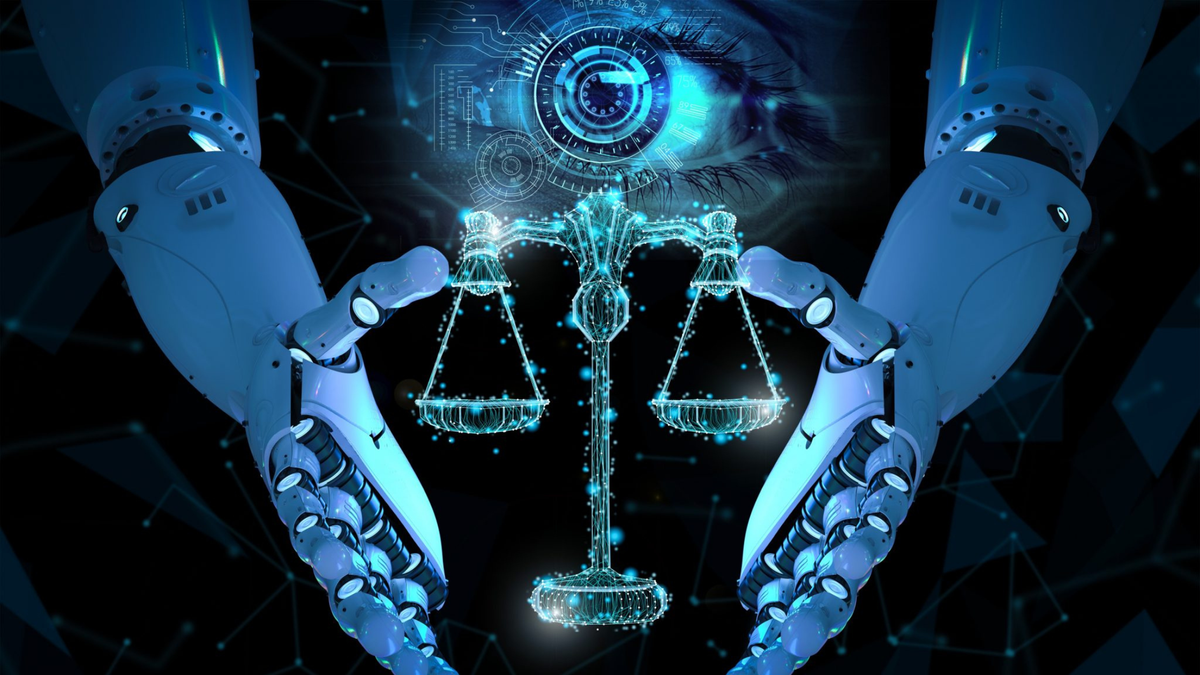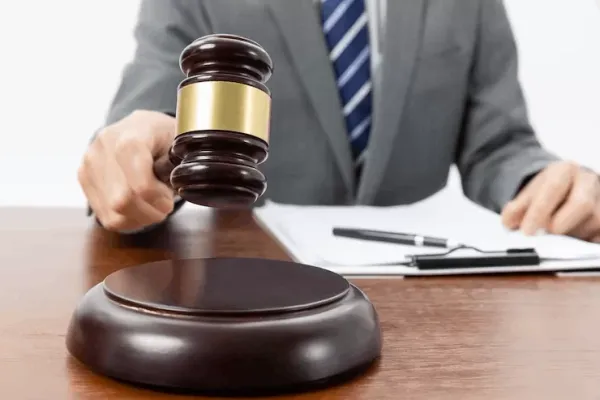Impact of Technology On The Courts and Legal Proceedings

Author- Tania Kukreja, LL.M. Student, Amity University, Mohali, Punjab
In our rapidly evolving and dynamic world, where technology and innovation play vital roles in every facet of our lives, the legal profession is also undergoing a significant transformation. As technology integrates into society and becomes central to our existence, it is clear that the legal landscape is swiftly changing as we progress into the twenty-first century.
From artificial intelligence (AI) drafting legal pleadings to virtual courtroom hearings, the legal system is itself navigating a transformative wave. While technological advancement has grown to be a beneficial tool in the legal system, it has also introduced new complexities as well- especially when it comes to AI- generated evidence, constitutional safeguards and the sanctity of judicial processes.
Digital Evolution of Indian Courts:
India’s journey toward digitization in the judicial system began long before the pandemic. The launch of the e-Courts Mission Mode Project in 2005 marked the beginning of numerous initiatives aimed at modernizing the judicial system through technology. However, the COVID-19 pandemic expedited this progress significantly by introducing video conferencing and e-filings almost overnight.
As of today, most courts in India support e-filing systems, case management tools, and virtual hearings. The Supreme Court and various High Courts conduct hybrid proceedings and have adopted digital documentation, which significantly reduces paper usage and travel time for litigants and lawyers.
Positive side of Legal Technology:
1. E-Courts and E-Filing: This initiative has modernized the judicial administration across India. Features like Case information System (CIS), e-filing portals, and automated cause lists have streamlined the process of the courts. The proposed e-Courts Phase III aims to further integrate AI- driven legal tools and cloud- based infrastructure and provide a seamless and paperless interface between the courts, the litigants and other stakeholders.
2. Virtual Hearings: Virtual hearings have opened doors for litigants and advocates who earlier faced geographic or financial barriers. It also allowed faster disposal of cases, especially during the pandemic.
A 2021 report by the Supreme Court e-Committee observed that virtual courts in Delhi managed to dispose of over 7,000 traffic challans daily, demonstrating how technology can efficiently manage high-volume cases.
Rise of AI in Legal Practice:
- AI in Legal drafting and Decision- making: The courts around the world have started experimenting with the AI tools to assist in legal drafting and research.
For example, Kira Systems, which allows lawyers to read and analyse contracts, search and locate important clauses in minutes. Paxton is another AI tool which automates legal research, drafting and real-time updates.
By analyzing thousands of documents in just a few minutes, it has alleviated the burden on lawyers, allowing them to concentrate on more complex projects and strategize to enhance overall efficiency.
However, that said, some individuals utilize AI in a way that neglects to fact-check their documents, which can result in serious consequences. This oversight may put their reputation at risk and lead to humiliation in court.
One such example is where the judge fined three-lawyers for citing AI- generated fake cases in a Walmart Lawsuit.
Another example, where the Bombay High Court criticized the tax department for issuing an AI-generated order that declared a taxpayer's return invalid due to the absence of a tax audit report without providing any explanation.
- Judges using AI for judgement writing: While there are no official acknowledgements from Indian judges about using AI for decision-making, there have been reports and speculations about judgments exhibiting AI-like phrasing or reasoning structures.
Recently, the court clarified that they are using AI for case management and not for judgments and decisions.
Delhi High Court’s Judgment on Live Proceedings
In a recent judgment in Bharat Bhushan Sharma vs. Govt. of NCT of Delhi and Ors., the Delhi High Court dismissed the writ petition seeking the live streaming of court hearings. Justice Sachin Datta highlighted the infrastructural and security concerns, including the misuse of live stream videos on social media by content creators.
- AI- Generated Evidence: The admissibility of AI-generated evidence in Indian courts raises intricate legal and constitutional challenges. While the Indian Evidence Act, 1872, accommodates electronic records under Section 65B, the unique nature of AI outputs—often produced through complex algorithms without direct human intervention—poses a hurdle in establishing authorship, reliability, and authenticity. Courts must check if these evidences meet the threshold of admissibility, particularly in criminal trials where the burden of proof is high.
Still, there are certain concerns regarding AI system biasness, lack of transparency in algorithmic decision-making, and the right to fair trial under Article 21 of the Indian Constitution.
As of April 2025, there are no publicly documented Indian court cases specifically addressing the admissibility of AI-generated evidence. Nonetheless, there have been recent legal actions concerning AI technologies in India. For example, the Indian news agency ANI has filed a lawsuit against OpenAI, claiming unauthorized use of its published content for training the ChatGPT model.
This case, along with similar lawsuits from book publishers, centres on copyright issues related to AI, rather than the admissibility of AI-generated evidence in court proceedings.
- AI in Forensics: Boon or Risk?
AI tools are being increasingly deployed in forensic investigations—facial recognition, predictive policing, and biometric analysis. While such tools can speed up criminal investigations, they also pose risks of algorithmic bias, data misuse, and lack of transparency.
India currently lacks a comprehensive legal framework to govern the use of AI in forensic science. Without proper oversight, these tools could reinforce social prejudices and disproportionately impact marginalized communities.
Conclusion:
The integration of technology into the Indian judicial system is both inevitable and essential. From e-Courts to AI-assisted legal research, these innovations have streamlined procedures, increased accessibility, and boosted efficiency across the board.
However, as we welcome these advancements, we must also remain vigilant about the new legal, ethical, and constitutional challenges they introduce—especially with regard to AI-generated evidence and algorithmic decision-making.
It is crucial to remember that technology should serve as an aid, not a replacement, for judicial wisdom, human discretion, and legal integrity. Blindly relying on AI without robust regulatory frameworks, checks for bias, and human oversight could risk eroding the very principles of fairness and justice that the legal system stands upon.
As legal professionals, we must learn to use AI and tech tools to improve our efficiency, accuracy, and output—but not to the extent that we lose our own reasoning, judgment, and ethical compass. The goal should be a harmonious co-existence where humans remain at the heart of justice, with technology acting as a powerful yet accountable ally.




